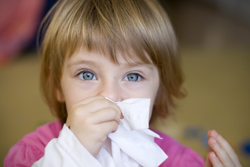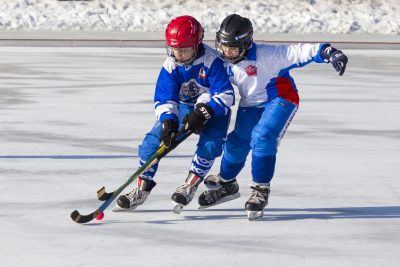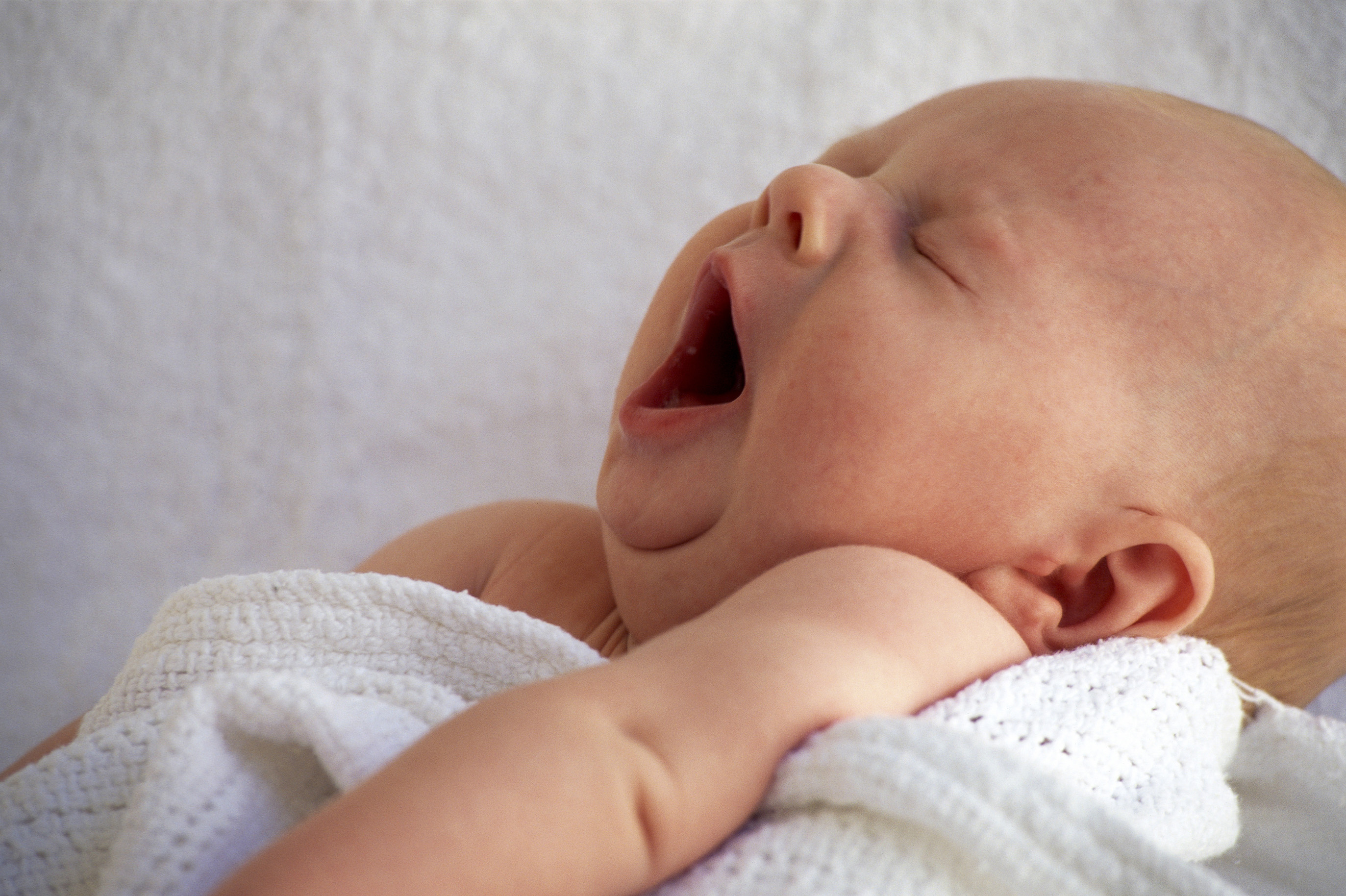
Cold and flu season is just around the corner. Children get an estimated 6 to 10 colds per year, mostly during the winter months. Sometimes it seems like kids are sick all winter long. Most colds last 7-10 days and, unfortunately, modern medicine has little to offer in the way of treatment. As a parent and a pediatrician, it is hard to overcome my desire to do something to make kids (especially my own) feel better. Here are 5 home remedies that might make your child feel a little better this winter and hopefully help the whole family to get a little more sleep.
- Honey – Several studies over the past few years have shown honey to be a safe and effective cough suppressant. Honey is safe for use in children over one year of age. It should not be given to children under one year because of the risk of botulism poisoning. Honey has natural antimicrobial and antioxidant properties. It is thought to help with cough suppression by coating the throat and leading to increased salivation. Buckwheat honey is the best studied, but any type of honey should provide some relief. Honey can be given as ½ teaspoon dose to children ages 1-4 and 1 teaspoon for children ages 5 and up.
- Vapor Rub – A 2010 study published in Pediatrics found improved sleep in children treated with Vapo Rub for night-time cough. Vapo Rubs, such as Vicks, usually contain aromatic oils such as menthol, camphor, and eucalyptus. These oils produce a cooling sensation and lead to sensation of improved air flow through the nasal passages. This in turn leads to improved sleep for parents and kids alike. Camphor oil can be toxic if ingested and products containing camphor oil should not be used in children under 2. For older children applying Vapo Rub to the chest may lead to improved cold symptoms and night time sleep.
- Saline drops/spray – Saline drops and nasal sprays can help relieve congestion and open the nasal passages. In infants and young children nasal saline drops can be placed in the nose and then bulb suction or NoseFrida can be used to relieve congestion. Older children can use saline nose sprays or Neti pots to help clear nasal sinuses. Neti pots should not be used by children under 6 and the instructions should be closely followed to ensure the device is being used correctly.
- Humidifier – Humidified air can help loosen secretions in the nasal passages. If you don’t have a humidifier you can try steaming up the bathroom or having your child take a warm bath or shower before bed. Make sure to keep your children well hydrated as this can help loosen nasal congestion as well.
- Elevate head- For young children try elevating the crib mattress by placing a blanket or thin pillow under the mattress. The goal is for the head of the bed to be elevated about 15 degrees above the foot of the bed. You should only try this if you have a firm mattress. Do not place object under pack N play or other portable crib mattresses. For older children, additional pillows can help prop the head up at night. Elevating the head helps to relieve congestion and allow drainage of nasal passages.
Study links:
http://archpedi.jamanetwork.com/article.aspx?articleid=571638
http://pediatrics.aappublications.org/content/early/2010/11/08/peds.2010-1601.abstract





Comments